The Oregon Trail through Idaho
“I didn’t know the Oregon Trail went through Idaho?” said the junior high school student.
Seriously, though, the Oregon Trail (and the California Trail) went through large parts of Idaho.
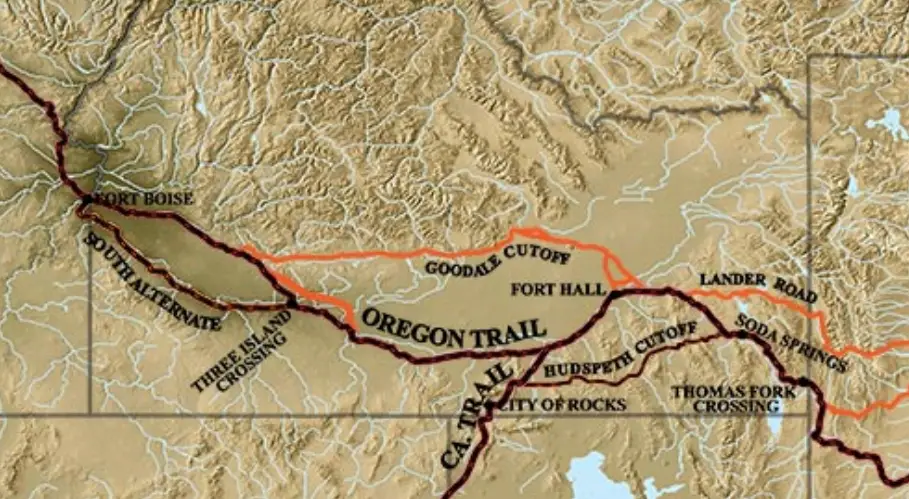
– Idaho Public Television (IdahoPTV)
The Oregon Trail started in 1811. It was used by fur trappers, traders, and mountain men. At first, it could only be used either on foot or on horseback. Wagons first started passing over the trail in the late 1830’s. The trail started near Independence, Missouri.
Travel was mostly east to west. People in the east heard there was good, fertile land…and plenty of it. Others heard stories of gold in the mountains of California. The road they all took heading west was the Oregon Trail.
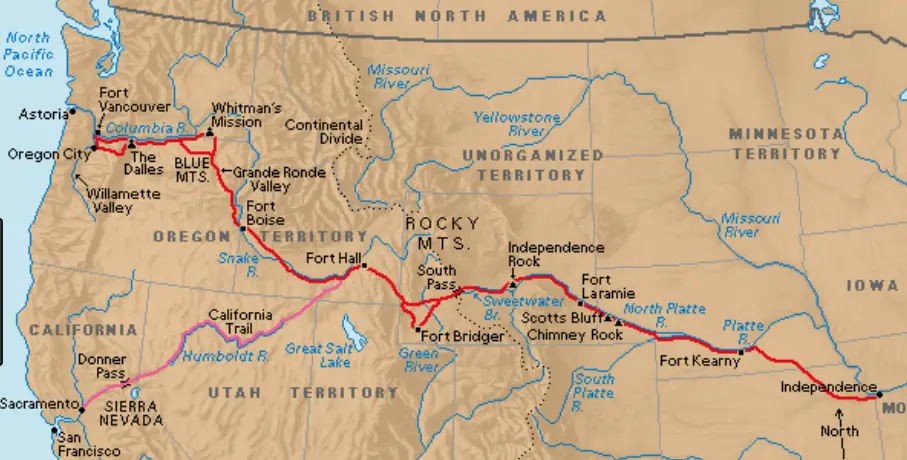
– historyglobe.com
The trail followed rivers and streams west to Fort Hall, Idaho. After Fort Hall, the trail split. Part of it stayed north and continued on to the Oregon Territory. Another part turned south and headed toward California.
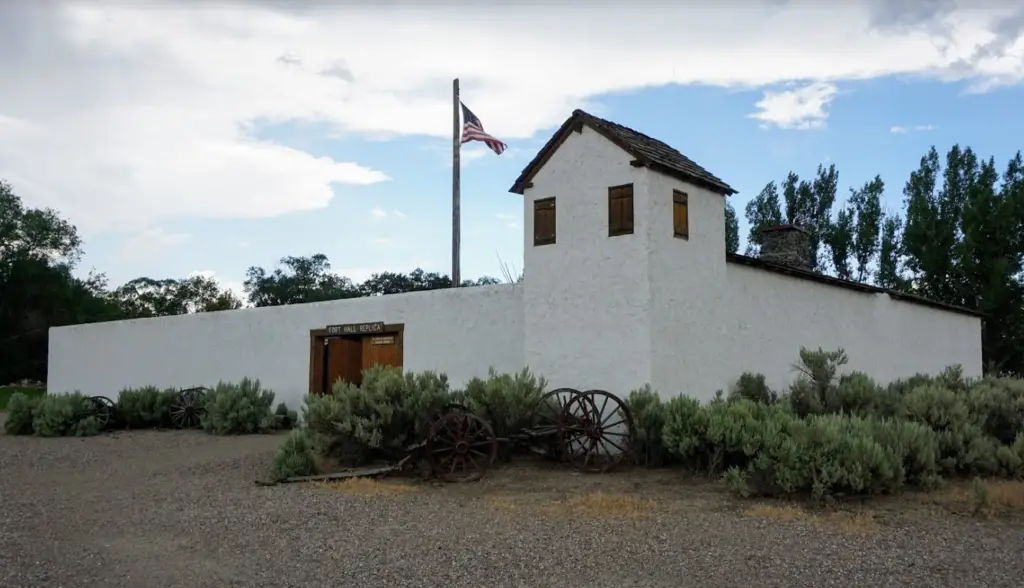
– FRLambrechtsen
By the time travelers reached Idaho, they had traveled over nearly two-thirds of the trail. In their minds, there was just a little more to go. In reality, there was a great deal more to go. In some cases, some of the most difficult parts of the journey were still ahead of them. There was heat, cold, dry, blowing wind, food running low, and water sometimes running out. And then there were the mountains. Oh, the mountains! The Rocky Mountains. The mountains got their name for a reason.
At what is now Cokeville, Wyoming, the Oregon Trail passed into Idaho near present-day Montpelier. From there the trail headed past Soda Springs and up to Fort Hall, not far from what is now Pocatello. Travelers used the stop at Fort Hall to rest and take on more provisions for either the push northwest to Oregon or the push southwest through the Great Basin desert to California.
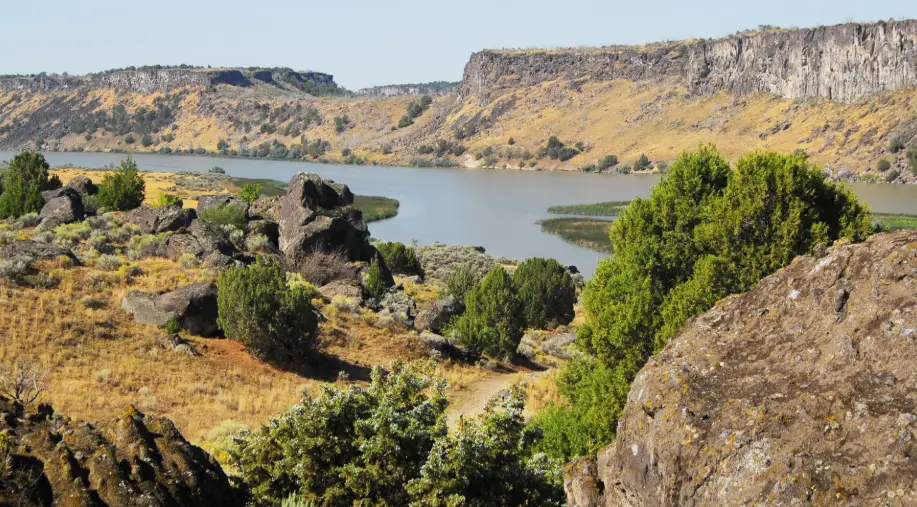
– visitidaho.org
West of Fort Hall, the trail followed the Snake River. The rocks along the river are volcanic. A little west of what is now American Falls, Idaho, there is a place called: Massacre Rocks. A “massacre” did not happen there. But there was a fight between a wagon train and a raiding party of indians. Five of the travelers died from their injuries in the fight. Five was enough to be a “massacre.”
About 15 miles west of Massacre Rocks is the Raft River Valley. There travelers had to make a decision: Continue northwest to Oregon or southwest to California. That point was called: Parting of the Ways.
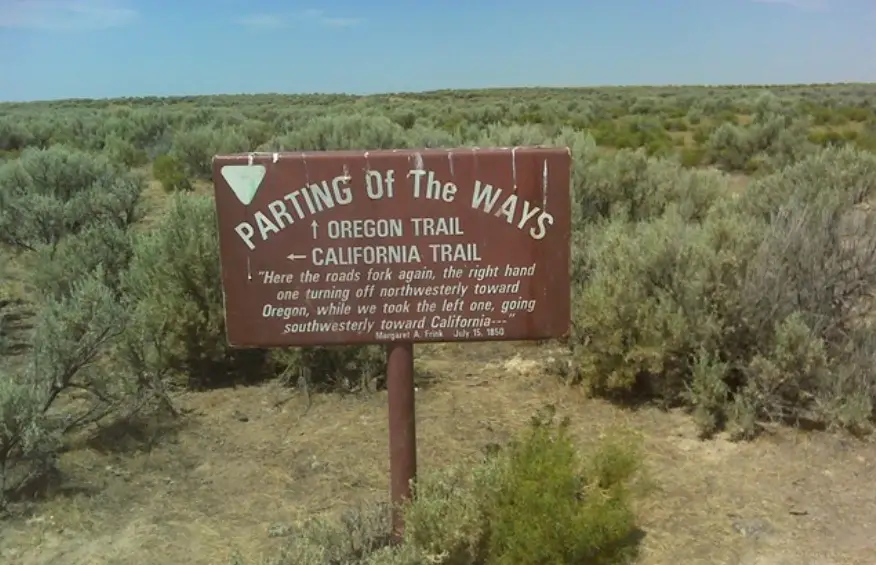
– geocaching.com
Continuing west toward Oregon, travelers stopped in Boise (Fort Boise) and later near what is now Baker, Oregon. The Oregon Trail Interpretive Center is near Baker. It is a very worthwhile stop on the way to or from the Northwest.
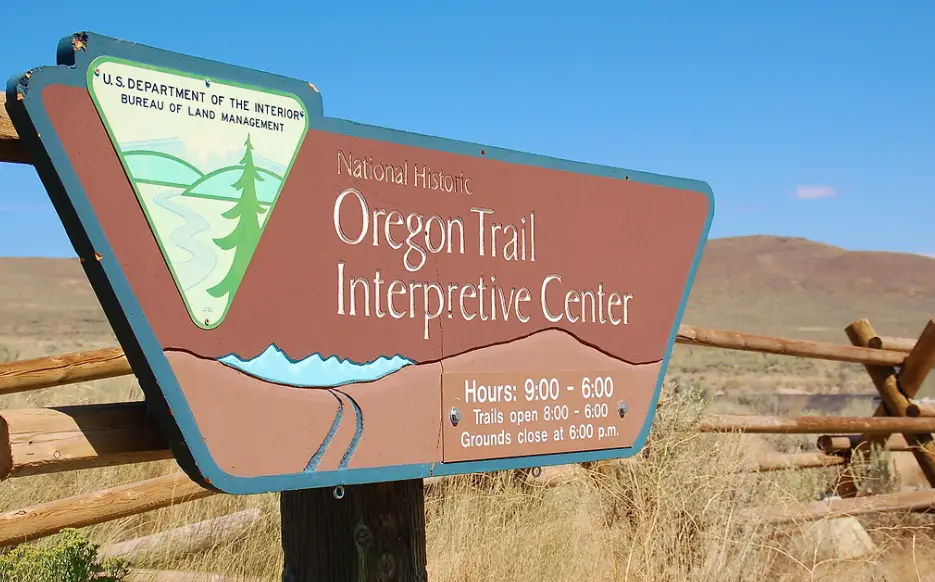
– Laurie Crow Nocia
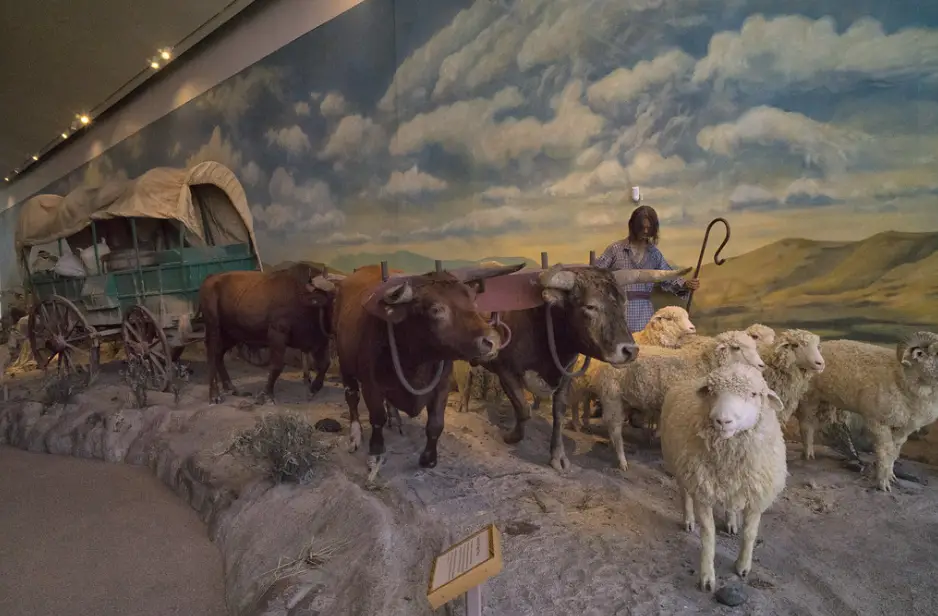
– Graeme Churchard
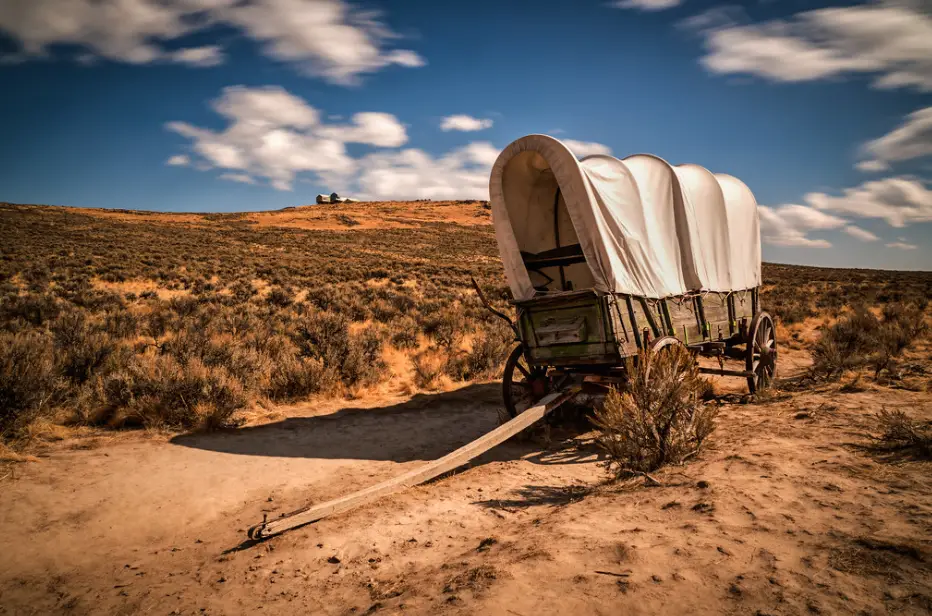
– Oregon State Archives
Yes, the Oregon Trail did cross the widest part of Idaho. Using the trail was very hard work. (And that, is very likely, an understatement.) It is no wonder the people that traveled over the trail are called pioneers. In the summer of 1869, the first transcontinental railroad across the United States was completed. This meant the end of the Oregon Trail, at least by wagon.
Today, many parts of today’s interstate highways (I-86, I-84 and others) are paved right over the old Oregon Trail. So, in some ways the Oregon Trail is still used today!
Stay curious….
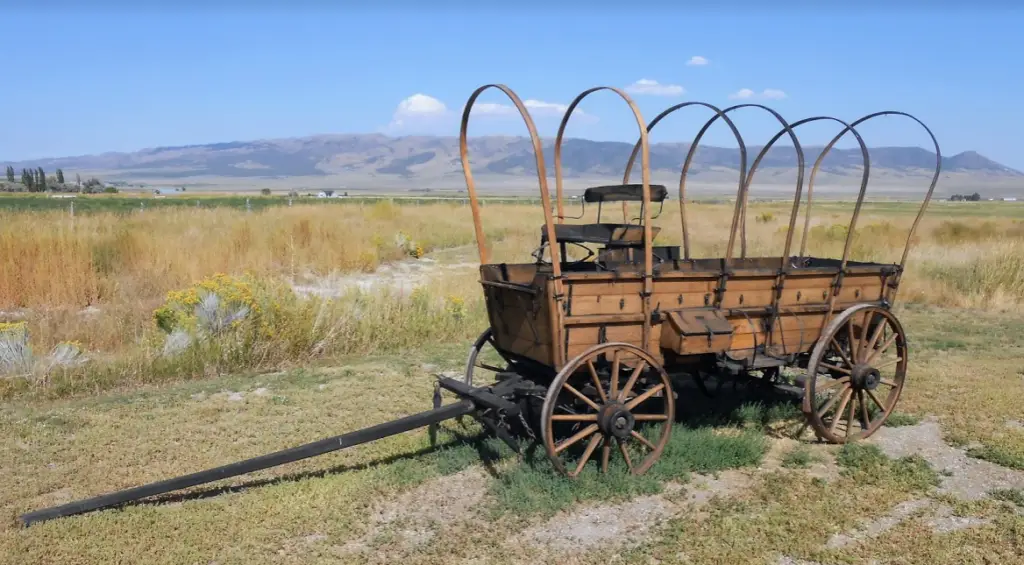
– FRLambrechtsen
